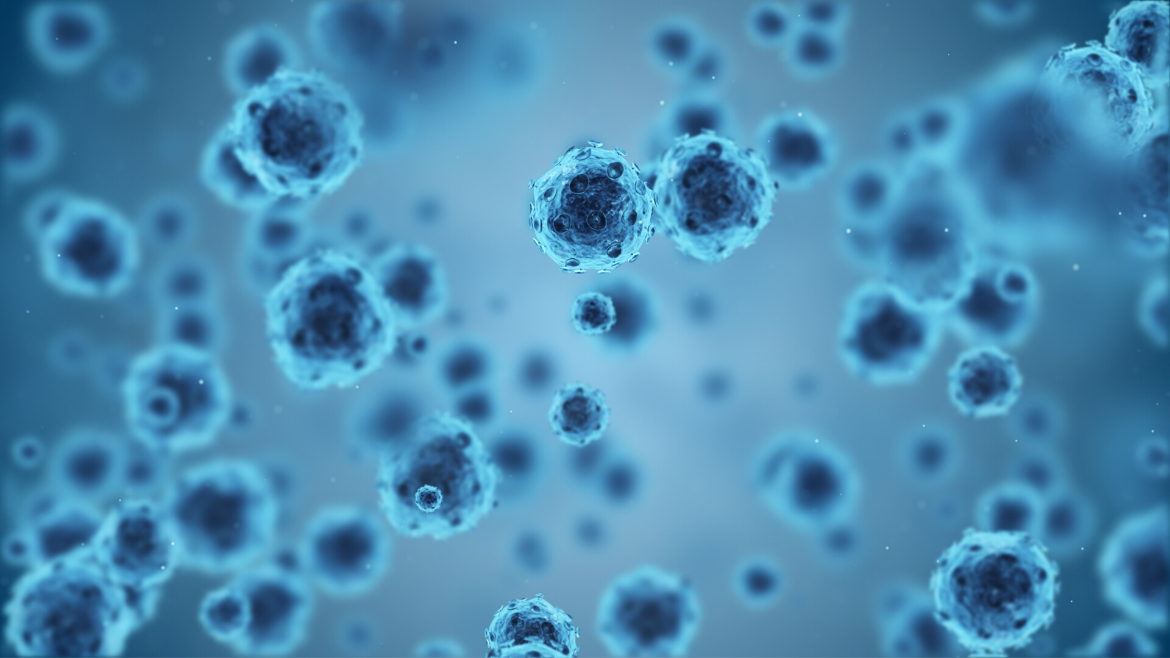What links the rise of antimicrobial resistance (AMR) with the climate crisis? According to Dame Sally Davies, the UK’s special envoy on AMR, the answer is an awful lot.
Dr Davies has publicly stated that the threat posed by AMR is equivalent to that of climate change and deserves the same level of attention from the public and policymakers alike. This opinion has gained traction in recent years, with many referring to the pair as “wicked problems”—existential threats that are complex to understand, solve or manage. While many would argue with this assertion, there are notable parallels between the two phenomena that merit consideration.
Both are processes operating on a global scale whose impact crosses borders. Both require collective action from governments and citizens alike if they are ever to be addressed, and climate change, like AMR, can only be combatted through a combination of mitigation and adaptation.
In the world of climate change, mitigation refers to the reduction of greenhouse gas emissions in order to slow or stabilise global warming. In the context of AMR, mitigation means taking measures to slow its development by reducing antibiotic use.
This can be achieved by preventing infections (eg by improving hygiene in healthcare facilities, communities and in agriculture, or encouraging the use of vaccines) and by avoiding unnecessary antibiotic use in humans (eg for viral infections) or in animals (eg for growth promotion rather than therapy).
Like climate change, mitigation of AMR requires action to be taken across sectors, such as healthcare, agriculture, and water treatment and sanitation. The necessary financial investment combined with behavioural changes which call for the adjustment of culturally-ingrained or economically-entrenched practices often impedes mitigation initiatives.
For example, improving hygiene in under-resourced and over-stretched healthcare facilities, or enforcing rules on non-prescription sales of antibiotics, are not easily surmountable tasks. The similarly difficult and potentially expensive lifestyle changes required to mitigate climate change, such as phasing out the combustion engine or gas boilers, are apparent (even if not so extreme on the surface).
With regard to climate change, adaptation means addressing its inevitable consequences—such as sea- level rise—and its future impact on agriculture, food-security and health. Climate change could, in fact, lead to the greater spread of infectious diseases as a result of temperature rise and consequently the exacerbation of AMR.
In the case of AMR, adaptation is essentially about stimulating the development of new classes of antibiotics—or producing alternative treatments—to replace those rendered ineffective by resistance.
However, there is a very important difference between the “wicked problems”. In principle at least, the world could take actions to limit the rise in global temperatures to just 1.5 °C as recommended by the Intergovernmental Panel on Climate Change (however unlikely that may currently seem).
By contrast, the development of AMR is an intrinsic biological fact because microbes are always developing resistance in the natural world.
Therefore the AMR problem can never be solved.
All we can do is try to manage the rise of AMR by limiting the use of antimicrobials to what is absolutely essential for the preservation of health and lives. We must also invest in new antimicrobials to replace those rendered ineffective by AMR.
As such, there is a pressing need to place far more emphasis on mitigation measures in the battle against AMR. As a recent World Bank report noted:
“Drug discovery has a crucial role to play in maintaining our ability to successfully treat infections, but without addressing the underlying causes of the AMR crisis we will remain on the same broken treadmill, constantly reliving a self-fulfilling prophesy.”
Our efforts to sustainably manage AMR long-term will depend on addressing its driving factors, particularly in low and middle-income countries. This means improving health services, investing in water and sanitation and introducing better governance.
In short, addressing AMR needs to be viewed as a problem of development rather than one that can be tackled through a series of technical fixes.
The views and opinions expressed in this article are those of the author(s) and do not necessarily reflect the views of The Economist Group or any of its affiliates. The Economist Group cannot accept any responsibility or liability for reliance by any person on this article or any of the information, opinions or conclusions set out in the article.





